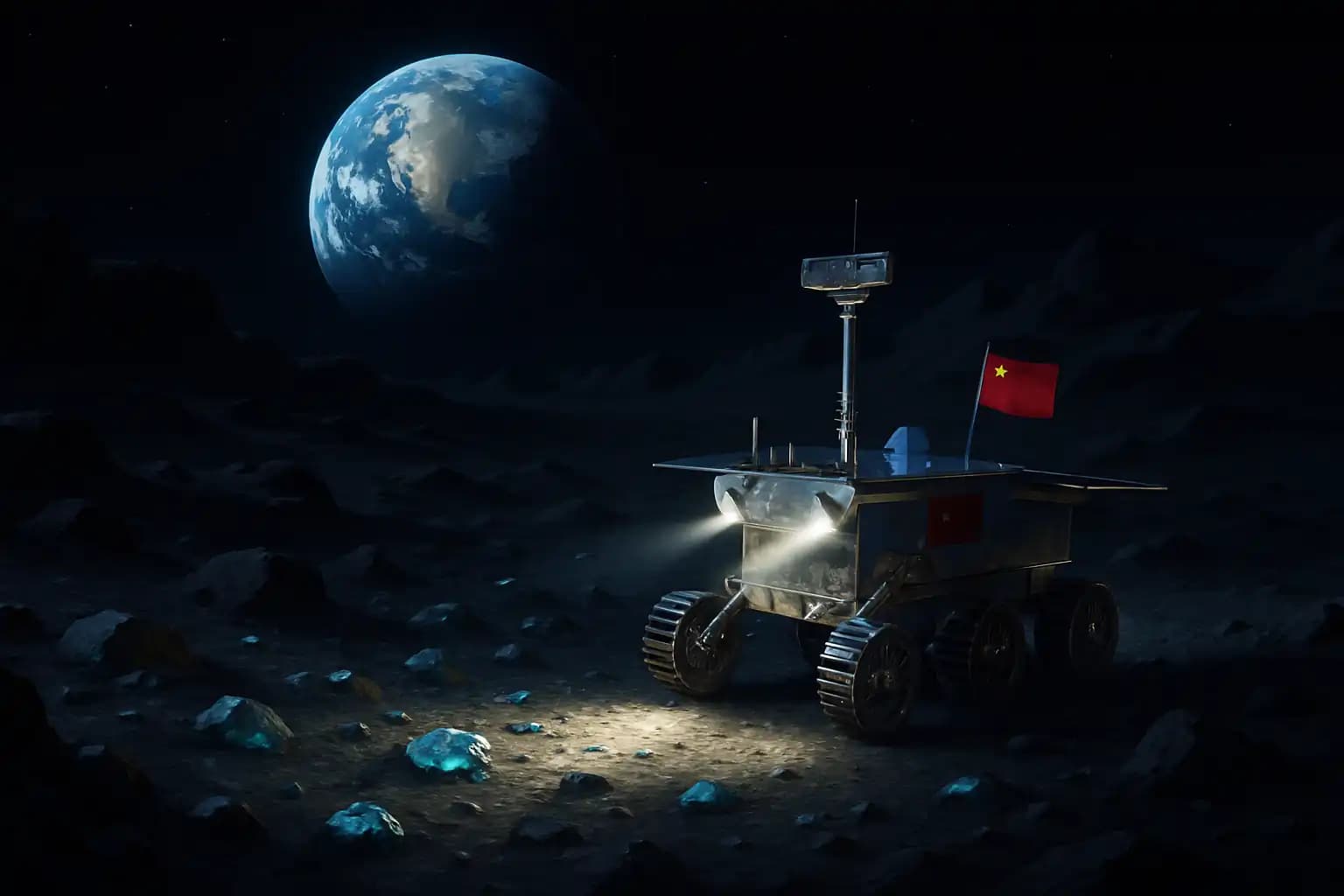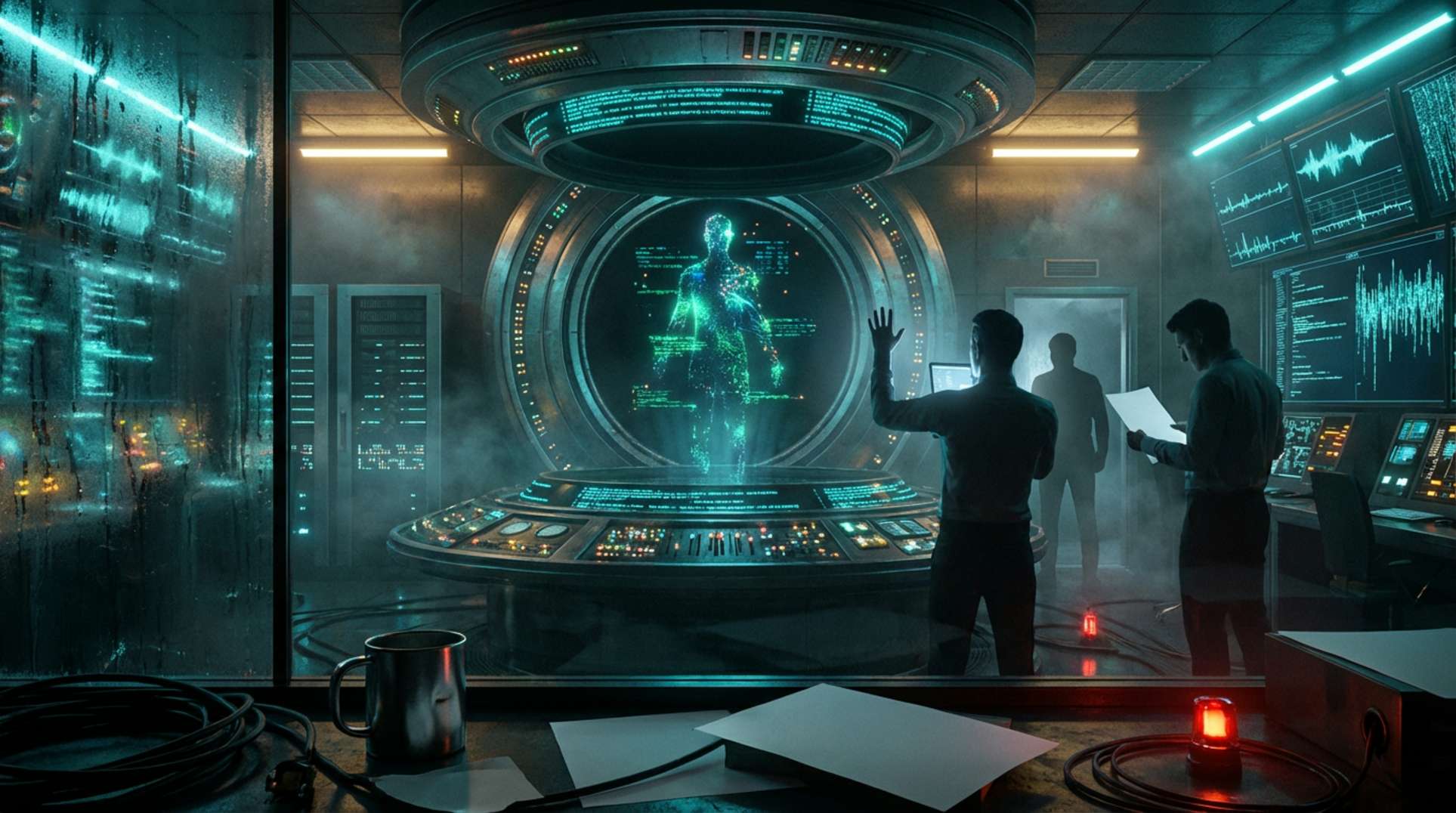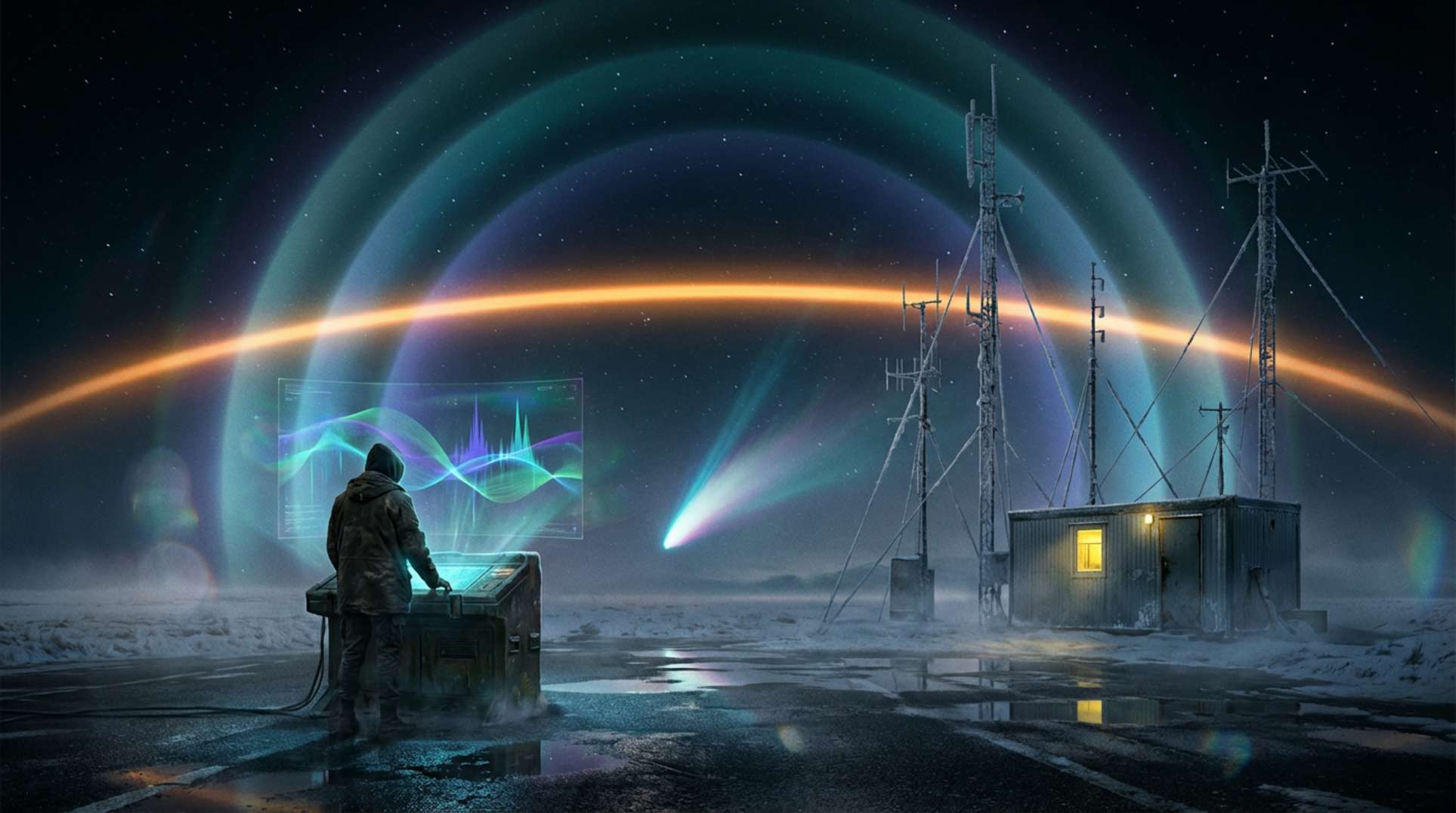While many gaze at the Moon’s familiar face, China’s space program opens a new frontier—deploying robotic eyes, drills, and labs on the far side’s perpetual night. Chang’e 4 and the upcoming Chang’e 6 have not merely collected rocks; they spark curiosity and serve as a challenge in the international space race.
Chang’e 4 made history as the first craft to land softly on the Moon’s far side, according to NASA and the Wikipedia overview. Its Jade Rabbit 2 rover rolled into the Van Kármán crater, collecting data, images, and conducting a biological experiment where seeds briefly sprouted in lunar soil—before freezing in the harsh lunar night. The mission aimed to dig deep, both literally and figuratively, uncovering vital clues about the lunar crust and mantle. Chang’e 6, its follow-up, goes even further: it returns with the world’s first samples from the far side, as confirmed by this Reuters report.
New Lunar Samples and Unprecedented Discoveries
Chinese scientists now dissect a rare geological library with lunar soil from the far side. This analysis is crucial: the far side’s crust is thicker, older, and starkly different from the near side visited by Apollo. Studying these samples promises insights into how the Moon—and possibly Earth’s twin—formed after ancient cosmic collisions. This represents a significant technological and scientific leap, resonating with breakthroughs in particle physics, like those detailed in CERN’s most dramatic findings.
Recent findings of olivine-rich rocks and unusual mineral signatures suggest processes not observed on the near side. The sample recovery—a feat chronicled in the New York Times’ coverage—is pivotal for understanding lunar evolution and searching for volatiles like water ice. These volatiles could one day power lunar bases or fuel rockets exploring deeper parts of the solar system.
Technological Triumphs: Navigating the Unknown
China’s success relies not only on discoveries but also on execution. Sending a lander to the Moon’s far side involves dealing with constant radio blackout—a challenge overcome by China’s Queqiao relay satellite orbiting the L2 Lagrange Point. The rover’s drill and radar analyzed subsurface layers, looking for water ice. This technology recalls Earth’s deep-underground exploration stories, similar to China’s efforts to dig the planet’s deepest borehole and our search for hidden resources.
The successes and failures of lunar exploration mirror the challenges of Earth’s natural and artificial “resets.” For instance, consider the cautionary observations of geomagnetic storms in solar-terrestrial risk investigations and the vulnerabilities of global tech infrastructure as discussed in this EMP grid-down scenario review. One lesson is evident: next-generation science blends genius and risk, whether on the Moon or on Earth.
Rising Stakes: Return of the Space Race
China’s lunar ambitions extend well beyond scientific exploration. These missions intensify global competition, igniting perennial questions regarding sovereignty and cooperation on humanity’s newest frontier. Space agencies from Europe, the U.S., and Russia view China’s achievements as significant milestones and indicators of strategic intent. This modern version of the Cold War recalls escalating international tensions—a theme examined in in-depth negotiation analyses regarding today’s risks and in AI-driven fears of existential stakes.
Will these discoveries expedite plans for lunar mining, habitation, or military outposts? Analysts can only speculate, but China’s commitment to infrastructure and long-term planning suggests a clear path: they are laying groundwork for a permanent presence, noted in comprehensive analyses from reputable space sources.
Far Side Surprises: What Lies Ahead?
Despite the revelations, the Moon’s far side remains shrouded in mystery. Future missions—both Chinese and international—will survey polar regions for ice, map subsurface “lava tubes,” and may reveal rare minerals or trace past volcanic activity. Each mission expands both technology and international law into uncharted territory.
For those on Earth, this story provides a radically new perspective on possibilities—if one has the audacity (and bureaucracy) to pursue them. To keep updated on lunar developments, from cosmic resource wars to astonishing discoveries, visit Unexplained.co for expert analysis and bold speculation. After all, the final frontier is just beginning to unfold… and history teaches that real surprises often lie out of view, just beyond the dark horizon.





